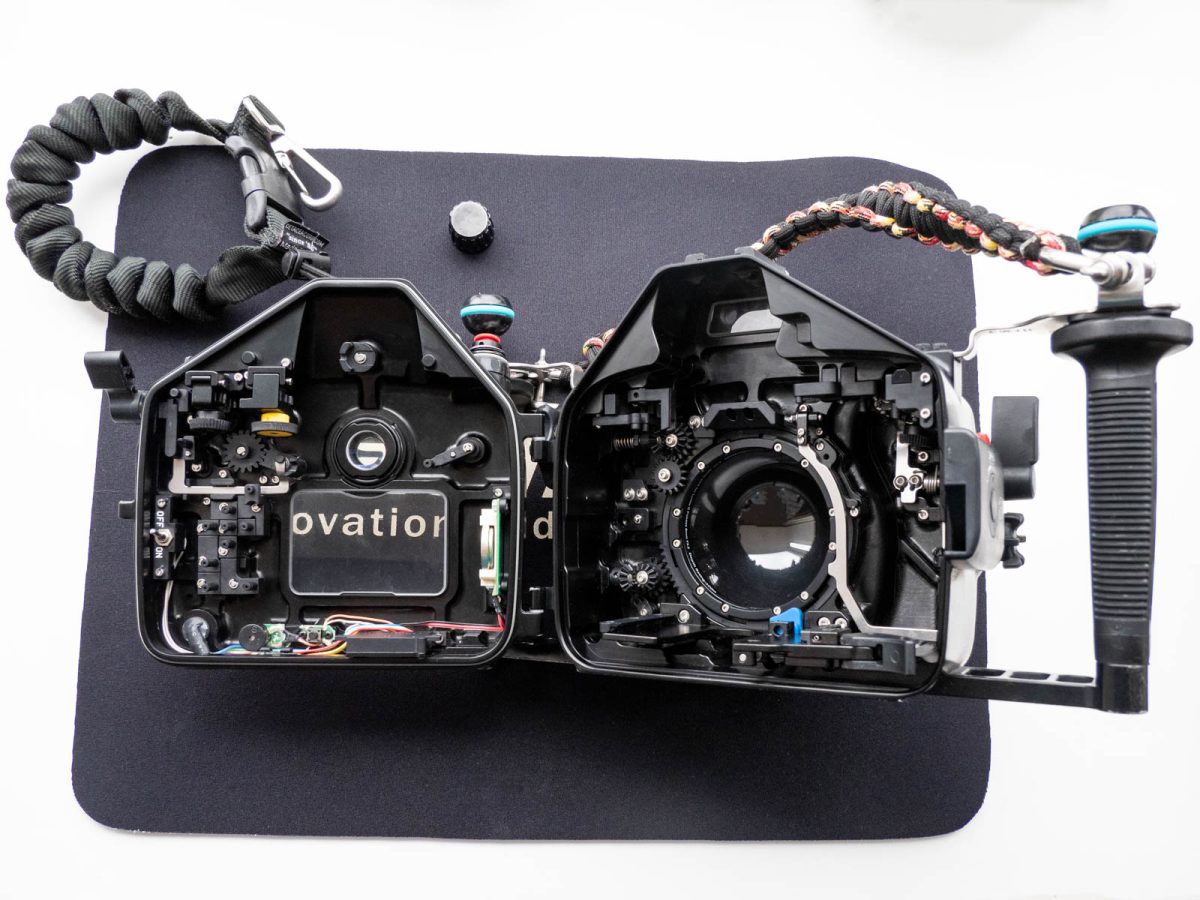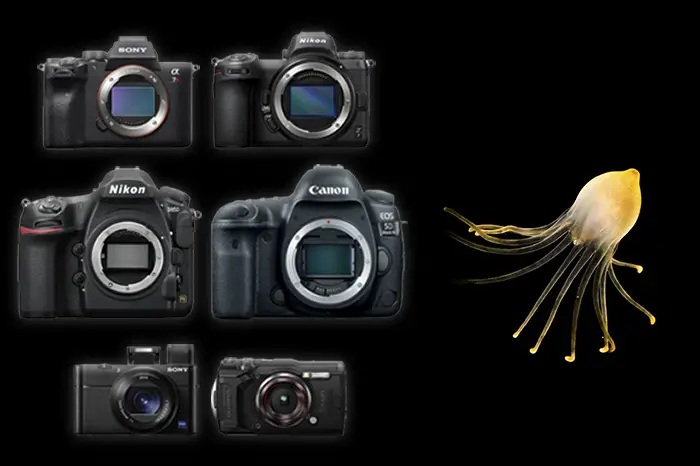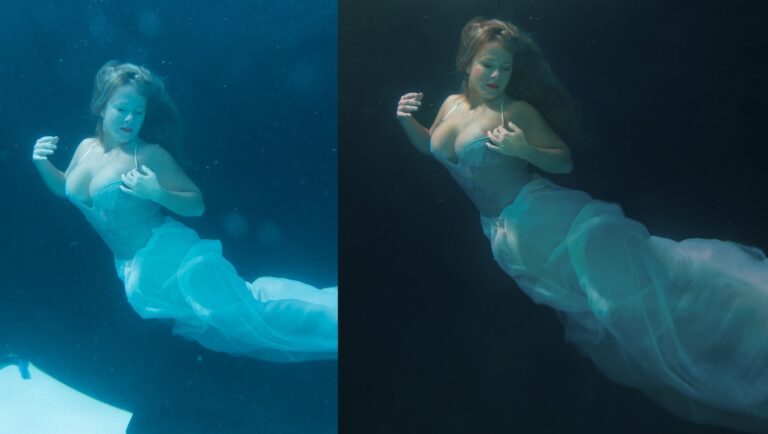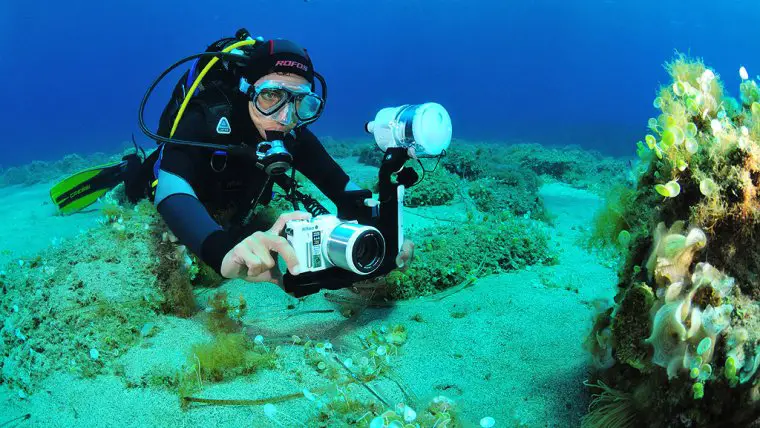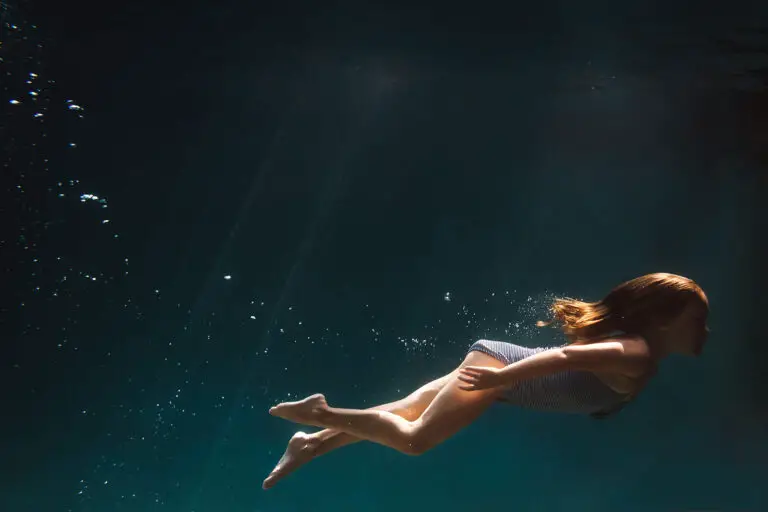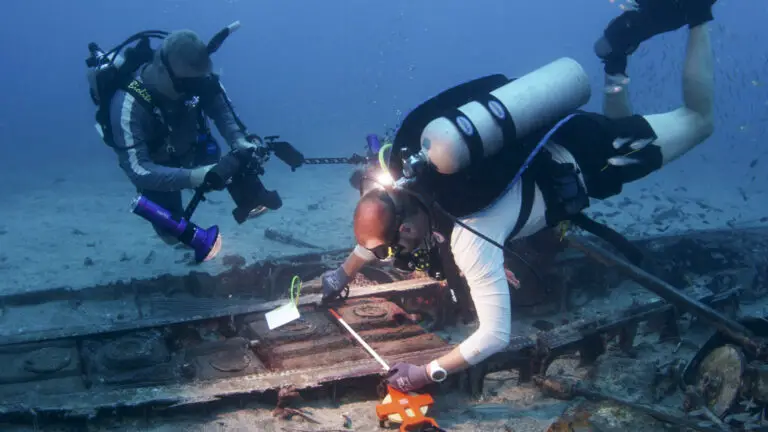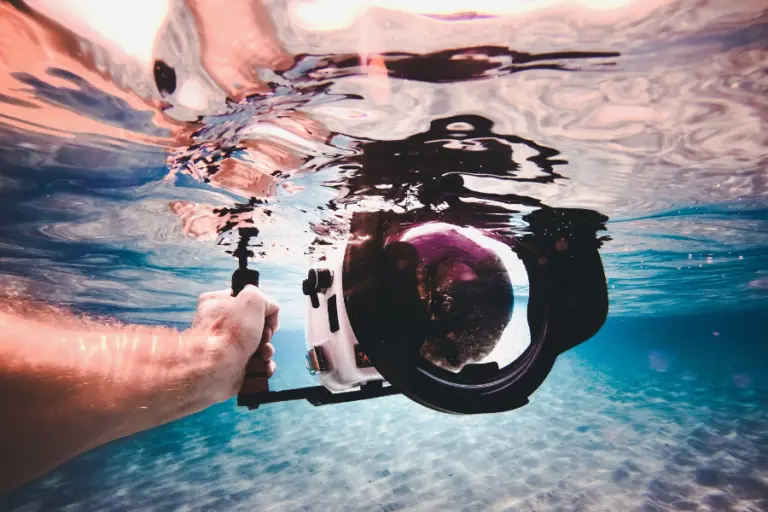Choosing the Right Underwater Camera Housing: A Comprehensive Buyer’s Guide
Introduction
For photographers who seek to combine their passion for the art with a love of adventure, capturing the beauty of the underwater world is a pinnacle. Enter underwater camera housings, the unsung heroes of aquatic photography. These water-tight cases are the only things standing between your precious camera and the pressure of the deep blue. If you’re committed to pushing the boundaries of where you can take your craft, understanding and investing in the right underwater camera housing is not just a good idea – it’s essential.
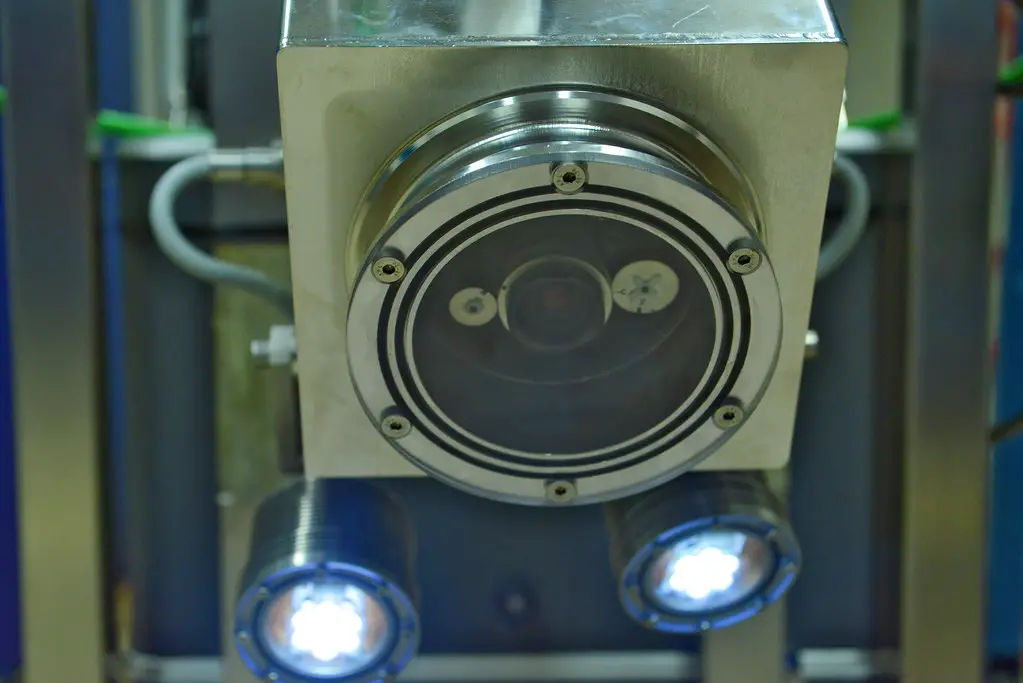
Understanding Underwater Camera Housings
Before you take the plunge, it’s important to comprehend what you’re getting into. An underwater camera housing (also known as a “UW housing” or “dive housing”) is a protective case that allows photographers to operate their cameras beneath the water’s surface. Such housings are hermetically sealed, allowing you to descend without worrying that you’ll flood your delicate electronics.
Crucial features to expect in any underwater housing include:
- Sealing Mechanisms: These are the primary line of defense against water ingress. Expect multiple O-rings and locking mechanisms to keep your gear dry.
- Ports: The openings in the housing through which your lens sees the world outside. Different ports accommodate different lenses and play a role in image quality underwater.
- Control Systems: You need full access to your camera’s controls, from shutter speed to zoom. Good housings feature intuitive control designs for ease of use.
- Buoyancy and Weighting: Depending on the camera and lens you’re using, the housing may need to be adjusted for neutral buoyancy. This can mean adding or removing weights to keep it stable underwater.
Factors to Consider When Choosing
When shopping for an underwater camera housing, several factors require your attention to ensure you make the right investment.
Compatibility with Camera Models
The housing you select must be specifically designed for the make and model of your camera. This is non-negotiable, as improperly fitting housings can lead to control malfunctions or worse – leaks.
Depth Rating and Waterproofing
Understanding where your adventures will take you is important. Depth ratings indicate how deep the housing can go while maintaining integrity. Be sure to choose a housing rated for deeper than you anticipate to explore, as increased pressure at depth can compromise lesser models.
Material Durability
Your housing should be made from high-quality materials like polycarbonate, aluminum, or even acrylic. Remember, this equipment is not just guarding against water; it’s also helping to protect your camera from bangs, scratches, and the occasional wayward sea creature.
Ergonomics and Controls
Spending time with your housing should not be laborious. The ergonomics of the design, combined with accessible and intuitive controls, will be critical for capturing those once-in-a-lifetime shots without fumbling.
Types of Underwater Camera Housings
There’s no one-size-fits-all housing, as the type you choose will largely depend on your level of skill, the camera system you use, and the type of photography you’re interested in.
Compact Camera Housings
These are the “point-and-shoot” of the underwater photography world. They are economical and simple to use, often with limited adjustability. Great for beginners and snorkelers.
Mirrorless Camera Housings
A popular choice for more serious photographers, these systems offer better image quality and the ability to change lenses. They are smaller and lighter than their DSLR counterparts.
DSLR Camera Housings
The heavyweight champions of the UW housing arena. DSLR housings are rugged and configurable to your heart’s content, giving you the power of your professional camera below the waves.
Comparing Top Brands and Models
A good way to get a feel for what’s available is to look at popular brands and their best sellers. Brands like Nauticam, Ikelite, Sea&Sea, and Aquatica have been serving the underwater photography community for decades, offering housings that have withstood the test of time and tide.
Before finalizing a purchase, it’s wise to compare models based on:
- Available Ports and Lenses: Ensure that your favorite lenses are compatible with the ports offered for the housing.
- Buoyancy and Handling: User reviews will give you an idea of how well the housing handles in the water.
- Price Point and Accessories: Housings are often the start of an extensive purchase list, including strobes, arms, and other accessories, so be mindful of your budget here.
Tips for Maintenance and Care
Investing in an underwater housing is not just about the initial purchase – it’s about the ongoing maintenance to ensure the longevity of your investment.
Cleaning Procedures
After every saltwater session, a thorough rinse is in order. Use fresh water, perhaps with a bit of white vinegar to stave off salt crystals. For especially dirty dives, a soft brush can help remove sediment from the seals.
Storage Recommendations
Housings should be stored with care to avoid undue stress on the O-rings and locking mechanisms. Keeping your housing in a padded case with a desiccant can prevent mold and moisture buildup.
Troubleshooting Common Issues
Leaky seals or unresponsive controls can be troubleshooted without panic. Knowing how to check for proper sealing and handle leaks can save your shoot. Often, a simple O-ring check and maintenance schedule can avoid major issues.
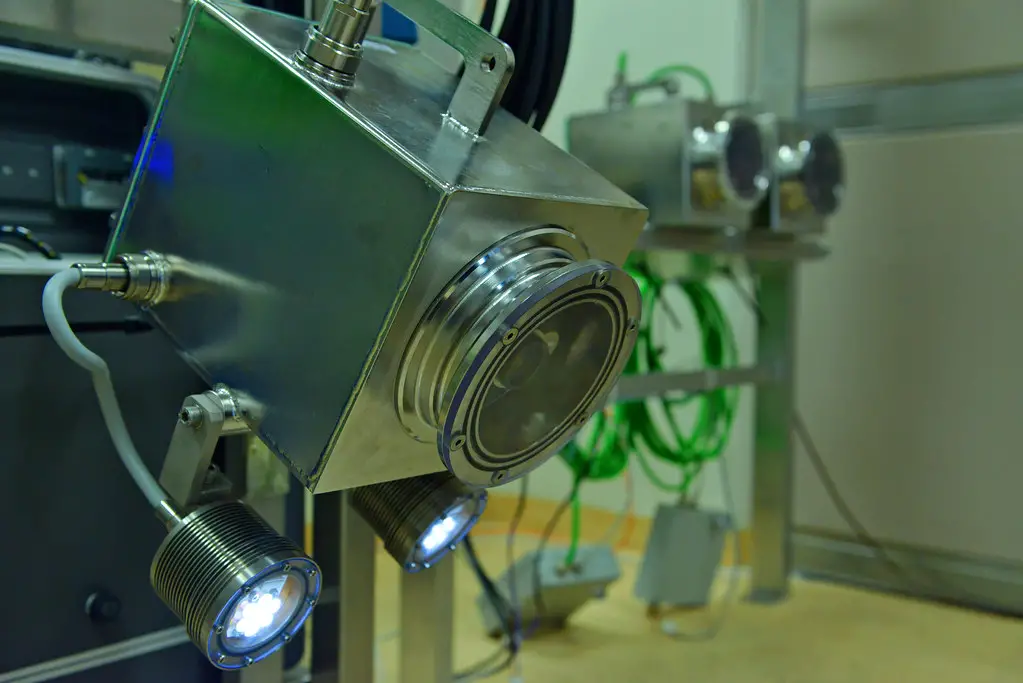
Conclusion
An underwater camera housing is your passport to a world of photography that few will experience. By taking the time to understand the intricacies of UW housings and considering your needs, you can ensure you’re ready for whatever the depths throw at you. This comprehensive buyer’s guide is just the first step in your underwater photography adventure. Now, go forth and capture the wonders of the ocean!

